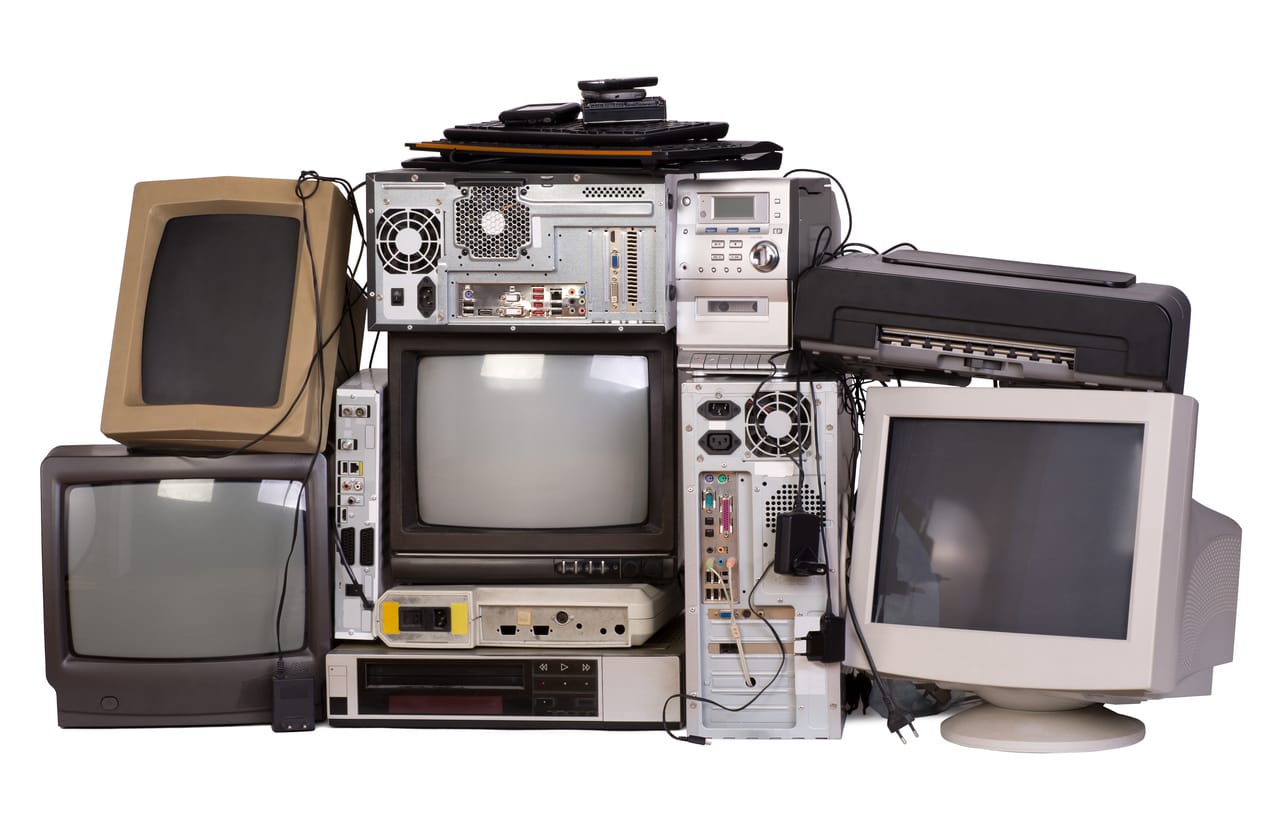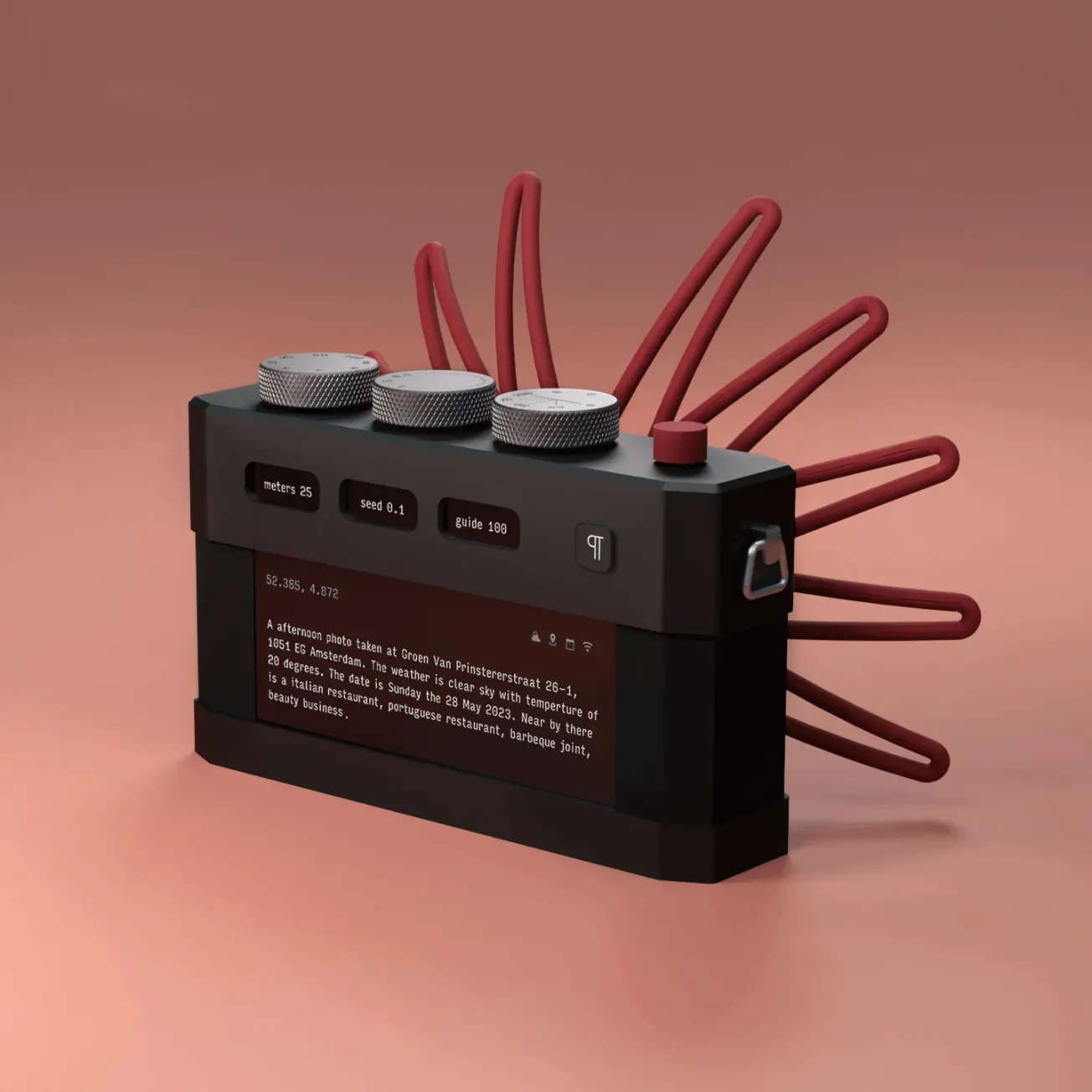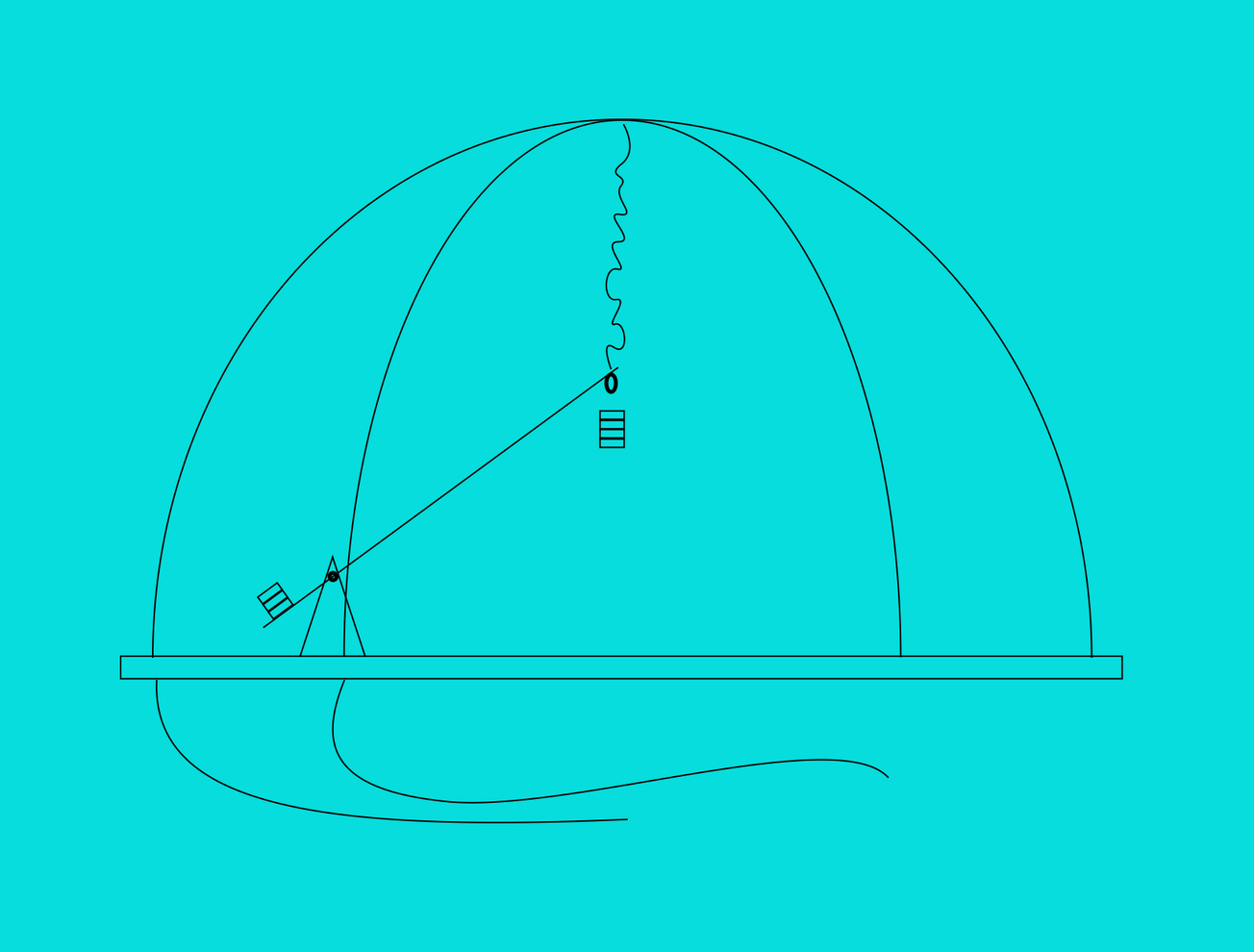In a small fire station in Livermore, California, the Centennial Light quietly defies time. First lit in 1901, this 4-watt carbon-filament bulb has become an unlikely local celebrity for its resilience, glowing almost continuously for over 120 years. While surrounded by an assortment of more modern, fleetingly functional gadgets and appliances, the Centennial Light’s enduring presence poses a quiet but significant question: In a world of built-to-fail consumer goods, what would happen if our technology lasted like this?
The Centennial Light is the anti-hero in the narrative of planned obsolescence, a pervasive practice where products are intentionally designed with a limited lifespan. This tactic has driven relentless cycles of production, consumption, and waste for nearly a century. From light bulbs to smartphones, planned obsolescence has changed the way we buy, use, and discard products, transforming consumer markets with devastating impacts on the environment. To understand the significance of this, we need to look not only at what planned obsolescence does to our wallets but also how it affects our planet.
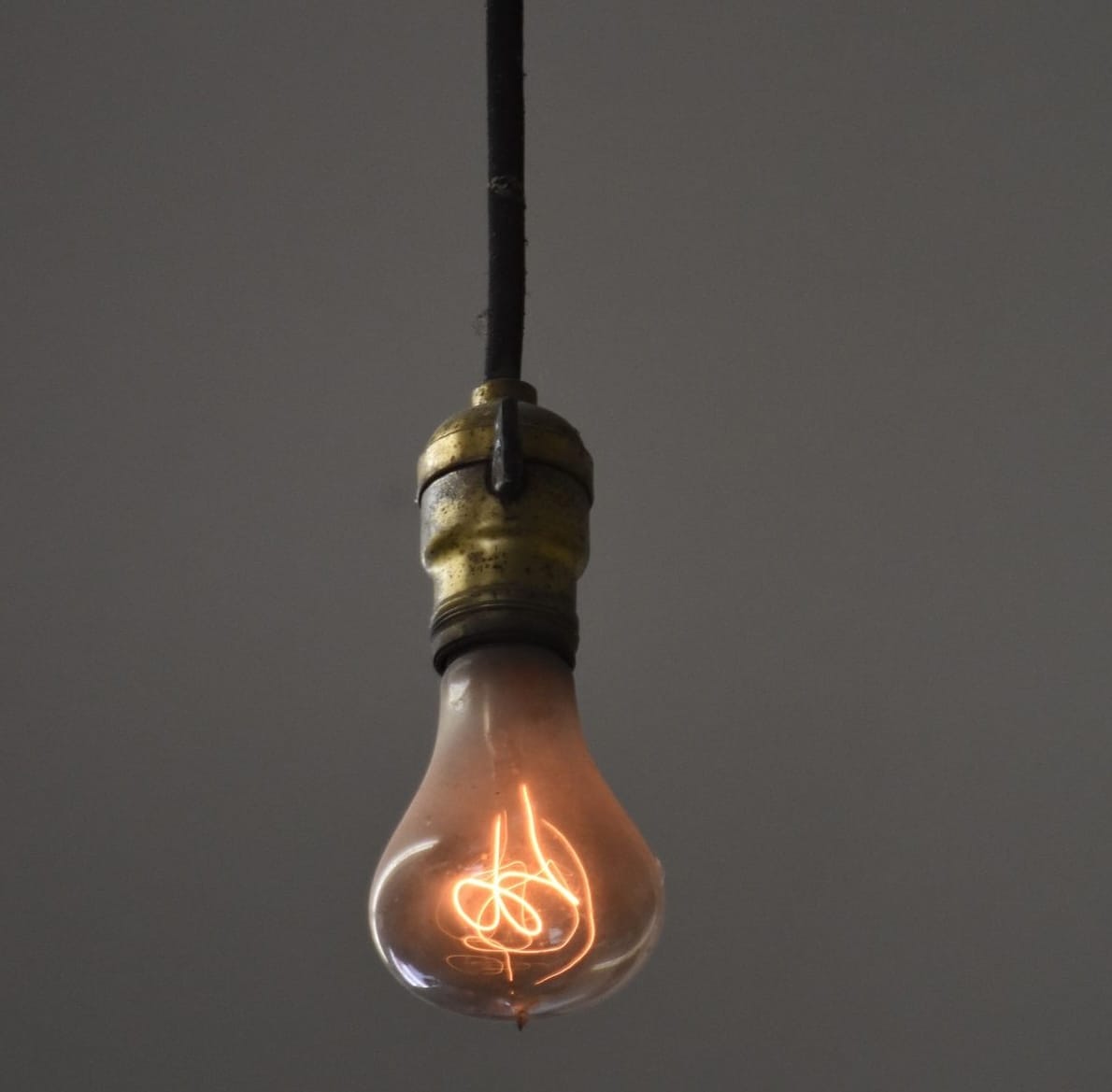
A Move Away from Durability
The story begins with the Phoebus Cartel, an alliance of major light bulb manufacturers formed in the 1920s, including companies like General Electric, Philips, and Osram. Their mission was simple: maximize profits by deliberately limiting the lifespan of light bulbs. They agreed upon a standard life expectancy of 1,000 hours per bulb, well below what they were technically capable of producing. At a time when it was possible to make light bulbs that could last decades—like the Centennial Light—the Phoebus Cartel effectively reshaped an industry to prioritize profit over longevity.
From there, planned obsolescence rapidly expanded across industries. Automakers began releasing new models each year to make last year’s models seem outdated. In the 1950s, advertising icon Brooks Stevens coined the phrase “planned obsolescence,” defining it as “instilling in the buyer the desire to own something a little newer, a little better, a little sooner than is necessary.” What started with light bulbs spread to cars, fashion, appliances, and ultimately the technology that has become a cornerstone of our modern lives.
The Hidden Environmental Costs
While planned obsolescence may have spurred economic growth by driving constant consumer demand, the environmental costs are staggering. Each year, we discard millions of tons of electronic waste, or e-waste. According to the Global E-Waste Monitor, nearly 54 million metric tons of e-waste were generated globally in 2019 alone, a figure that grows year by year. This waste contains toxic materials, such as lead and mercury, which can seep into the environment when improperly disposed.
The production of electronics and appliances is resource-intensive. Take the smartphone: a seemingly indispensable tool designed to last around two years. Producing just one smartphone requires 34 kg of raw materials, including precious metals like gold, cobalt, and rare earth elements, which are mined at great environmental and human cost. Short-lived devices require constant extraction and refinement of these materials, depleting natural resources, accelerating climate change, and creating hazardous conditions for workers in mining regions.
The Centennial Light, on the other hand, represents a possibility outside this cycle. If products were designed for durability instead of disposability, we could drastically reduce waste and the associated environmental toll. Imagine a world where a single smartphone could last a decade, or a laptop could be upgraded rather than replaced every few years. In contrast to today’s common business model, these hypothetical devices would respect the planet’s finite resources, reduce e-waste, and save consumers money.
Economic Imperatives vs. Environmental Consequences
Critics of planned obsolescence argue that it’s a form of consumer manipulation. By designing products to fail, manufacturers create repeat customers and steady revenue streams. The tech industry is particularly notorious for this, as companies like Apple and Samsung are frequently criticized for incremental upgrades that render older models obsolete. Apple has even faced lawsuits alleging that its software updates intentionally slow down older devices, pushing consumers toward newer models.
Yet, in an economy that relies on constant growth, the concept of “buy once, keep forever” is viewed as counterproductive. For companies, long-lasting products translate to lower sales and lower profits, which is why so many industries rely on planned obsolescence as a business strategy. But as climate change accelerates, the economic benefits of planned obsolescence are increasingly outweighed by the environmental and ethical downsides.
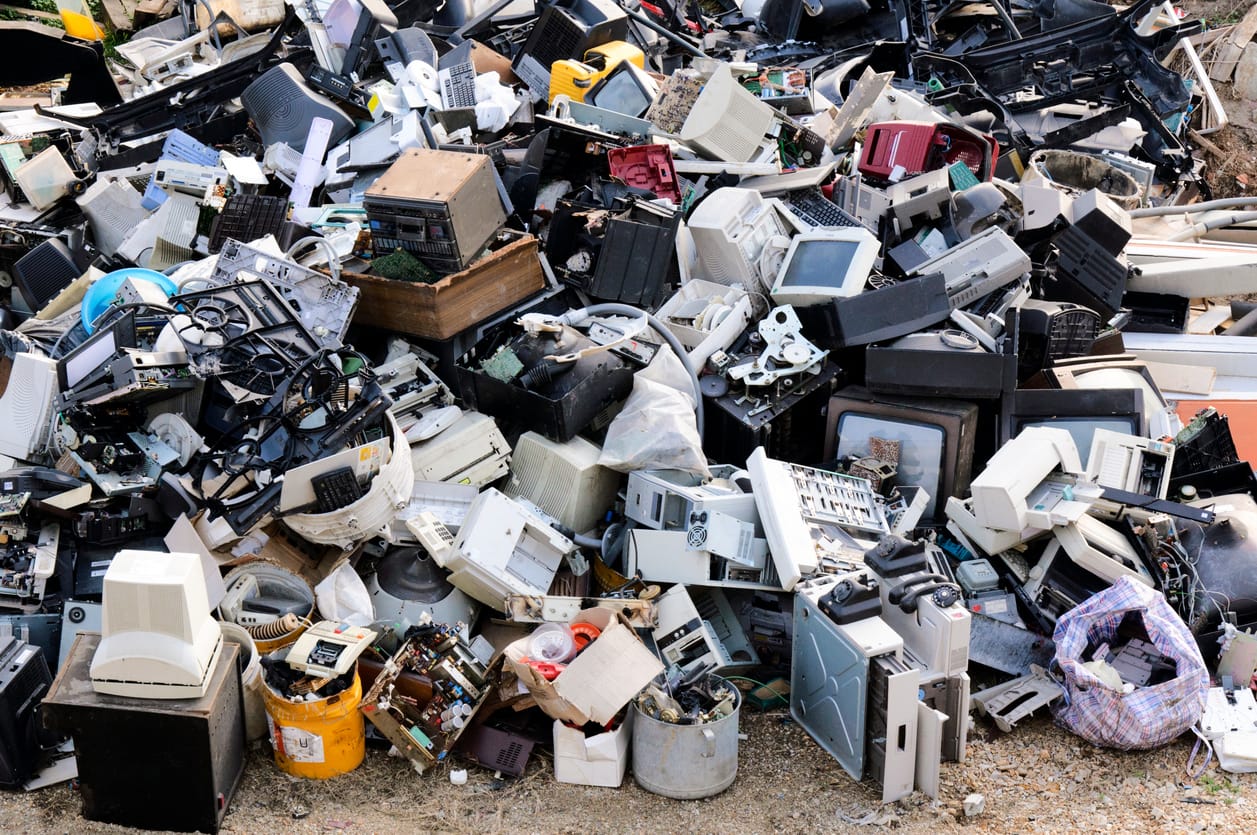
Resisting Planned Obsolescence
Fortunately, resistance is growing. The Right to Repair movement, for instance, has gained momentum as a grassroots effort advocating for the ability to repair and upgrade our devices. In response to consumer demand, legislation in both the United States and the European Union has sought to mandate that companies make repair parts available and design products with a degree of reparability.
Beyond the Right to Repair, some companies have begun marketing their products as built to last. Brands like Patagonia and Fairphone prioritize durability, modularity, and sustainability, creating products with extended lifespans that encourage repair over replacement. These companies offer a model for a new type of consumerism—one that emphasizes value, longevity, and environmental responsibility.
Beyond Planned Obsolescence
If the Centennial Light can last over a century, why do our modern products fall short? Addressing planned obsolescence on a global scale is no easy task. It requires fundamental changes to both consumer expectations and business models. Companies would need to re-envision success beyond just sales volume, perhaps moving toward models that emphasize service, repair, and upgradability. This may seem radical, but with the climate crisis, the stakes are higher than ever.
The Centennial Light stands as a reminder that durability is possible and that a more sustainable approach to technology is within reach. It’s up to us—consumers, companies, and legislators alike—to decide whether we want a world filled with disposable gadgets or a future built on resilience and respect for our planet’s resources. The choice may be complicated, but as the Centennial Light has shown, the alternative is nothing short of illuminating.

